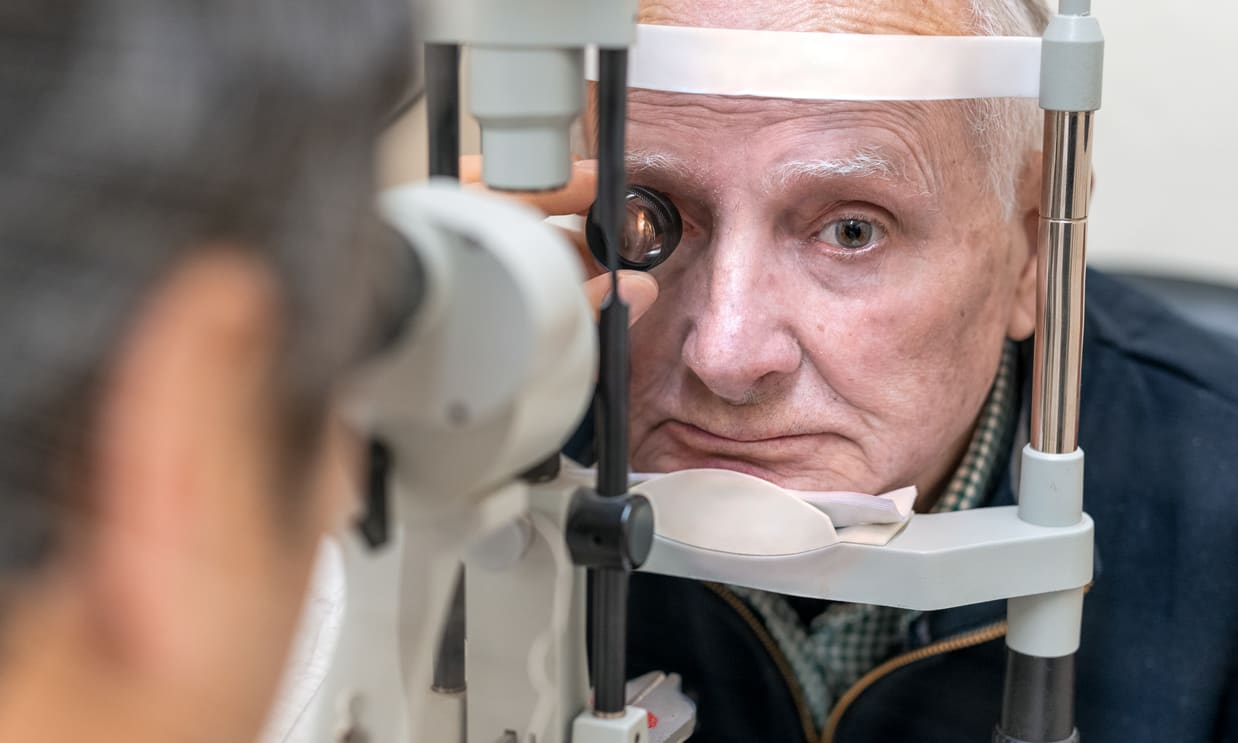Dry Eye Treatment for Seniors: Understanding Causes and Finding Relief
Dry eyes are common in older adults and can lead to discomfort, blurred vision, and irritation. Age-related changes, medications, and reduced tear production are often to blame. Knowing the causes and treatments can help seniors manage this condition better.

What Causes Dry Eye Syndrome in Seniors?
Age-related changes play a significant role in the development of dry eye syndrome among seniors. As we grow older, our bodies produce fewer tears, and the quality of those tears may decrease. Additionally, hormonal changes, particularly in postmenopausal women, can contribute to dry eyes. Other factors that may exacerbate the condition include:
-
Medications: Many common medications prescribed to seniors, such as antihistamines, antidepressants, and blood pressure medications, can reduce tear production.
-
Environmental factors: Dry air, wind, and excessive screen time can all contribute to eye dryness.
-
Medical conditions: Certain health issues, like diabetes, rheumatoid arthritis, and thyroid problems, are associated with an increased risk of dry eyes.
-
Eyelid problems: Conditions affecting the eyelids, such as blepharitis or meibomian gland dysfunction, can interfere with proper tear distribution.
Understanding these causes is crucial for developing an effective treatment plan and finding relief from dry eye symptoms.
What Are the Symptoms of Dry Eye Syndrome?
Recognizing the symptoms of dry eye syndrome is essential for early diagnosis and treatment. Common signs and symptoms include:
-
A gritty or sandy feeling in the eyes
-
Burning or stinging sensation
-
Redness and irritation
-
Blurred vision, especially when reading or using digital devices
-
Light sensitivity
-
Excessive tearing (the eye’s response to irritation)
-
Difficulty wearing contact lenses
-
Eye fatigue or strain
If you experience any of these symptoms persistently, it’s important to consult an eye care professional for a proper diagnosis and treatment plan.
How Can Seniors Manage Dry Eye Syndrome at Home?
While professional treatment is often necessary, there are several steps seniors can take to manage dry eye symptoms at home:
-
Use artificial tears: Over-the-counter lubricating eye drops can provide temporary relief from dryness and irritation.
-
Practice good eye hygiene: Gently clean your eyelids daily with warm water and a mild soap or eyelid cleanser.
-
Stay hydrated: Drink plenty of water throughout the day to help maintain overall hydration, including your eyes.
-
Use a humidifier: Adding moisture to the air can help prevent eye dryness, especially in dry climates or during winter months.
-
Take regular breaks from screens: Follow the 20-20-20 rule: every 20 minutes, look at something 20 feet away for at least 20 seconds.
-
Wear sunglasses outdoors: Protect your eyes from wind and sun exposure, which can exacerbate dry eye symptoms.
-
Consider dietary changes: Omega-3 fatty acids, found in fish oil supplements or foods like salmon and flaxseed, may help improve tear quality.
While these home remedies can be helpful, it’s essential to work with an eye care professional to develop a comprehensive treatment plan tailored to your specific needs.
What Professional Treatments Are Available for Dry Eye Syndrome?
When home remedies aren’t sufficient, various professional treatments can provide relief for dry eye syndrome in seniors:
-
Prescription eye drops: Medications like cyclosporine (Restasis) or lifitegrast (Xiidra) can help increase tear production and reduce inflammation.
-
Punctal plugs: These tiny devices can be inserted into the tear ducts to prevent drainage and keep tears on the eye’s surface longer.
-
Intense pulsed light (IPL) therapy: This treatment can help improve meibomian gland function and reduce inflammation.
-
LipiFlow: A thermal pulsation system that helps clear blocked meibomian glands and improve oil production in tears.
-
Autologous serum tears: Made from the patient’s own blood serum, these eye drops can be particularly effective for severe dry eye cases.
-
Scleral lenses: These specialized contact lenses can help protect the eye’s surface and provide relief for severe dry eye symptoms.
Your eye care professional can help determine which treatment or combination of treatments is most appropriate for your specific case of dry eye syndrome.
What Eye Drops Are Most Effective for Elderly Dry Eyes?
Choosing the right eye drops is crucial for managing dry eye symptoms in seniors. Here’s a comparison of some popular options:
| Product Name | Type | Key Features | Cost Estimation |
|---|---|---|---|
| Systane Ultra | Artificial Tears | Provides long-lasting relief, compatible with contacts | $10-$15 per bottle |
| Refresh Optive | Artificial Tears | Contains CMC and glycerin for extended moisturizing | $12-$18 per bottle |
| TheraTears | Artificial Tears | Electrolyte-balanced formula, preservative-free | $15-$20 per bottle |
| Restasis | Prescription | Increases natural tear production, reduces inflammation | $250-$500 per month |
| Xiidra | Prescription | Treats dry eye disease, reduces inflammation | $450-$600 per month |
Prices, rates, or cost estimates mentioned in this article are based on the latest available information but may change over time. Independent research is advised before making financial decisions.
It’s important to note that while over-the-counter artificial tears can provide temporary relief, prescription eye drops may be necessary for more severe cases of dry eye syndrome. Always consult with an eye care professional to determine the most appropriate treatment for your individual needs.
In conclusion, dry eye syndrome is a common but manageable condition among seniors. By understanding the causes, recognizing symptoms, and exploring various treatment options, older adults can find relief and maintain better eye health. Remember to work closely with an eye care professional to develop a personalized treatment plan that addresses your specific needs and helps you enjoy clearer, more comfortable vision.
This article is for informational purposes only and should not be considered medical advice. Please consult a qualified healthcare professional for personalized guidance and treatment.




